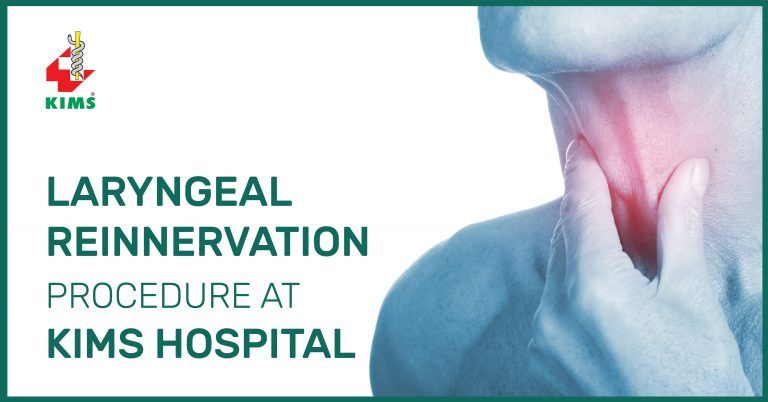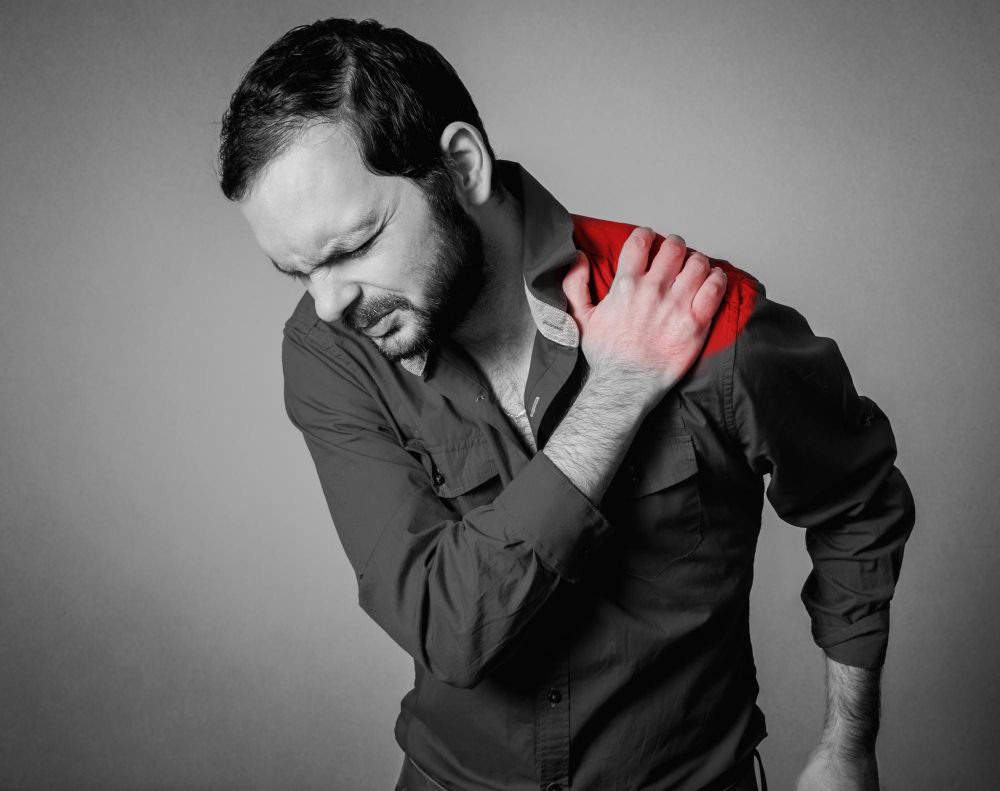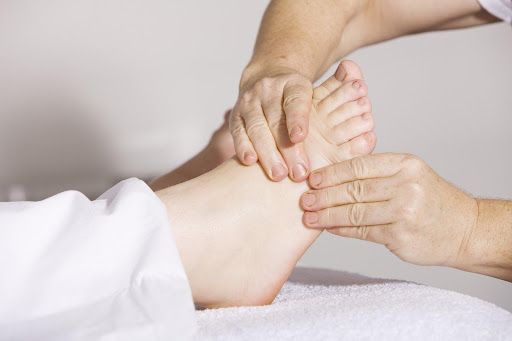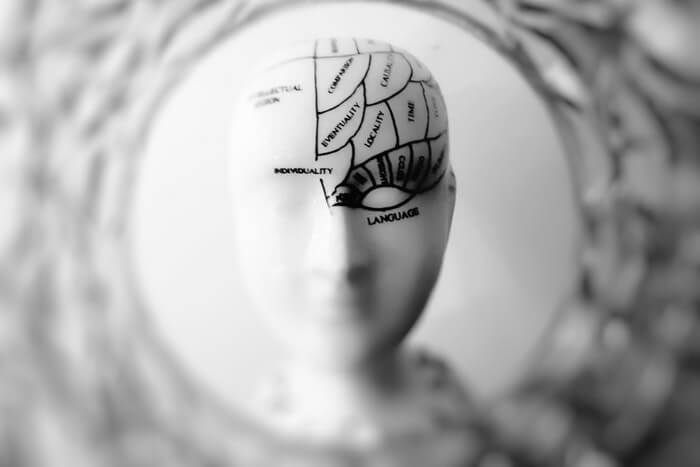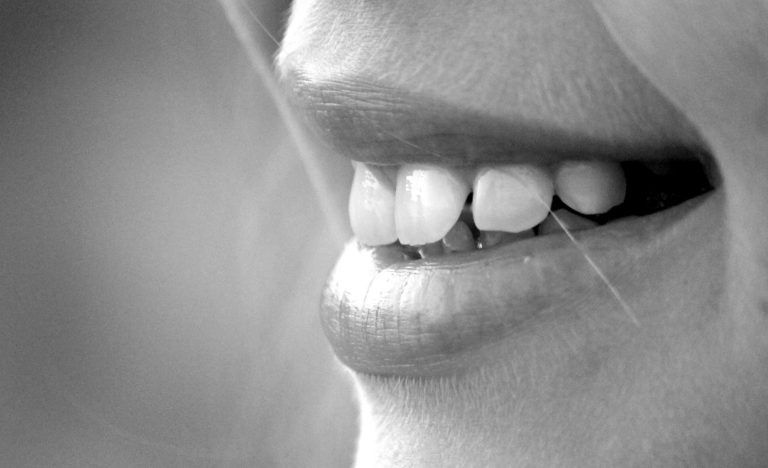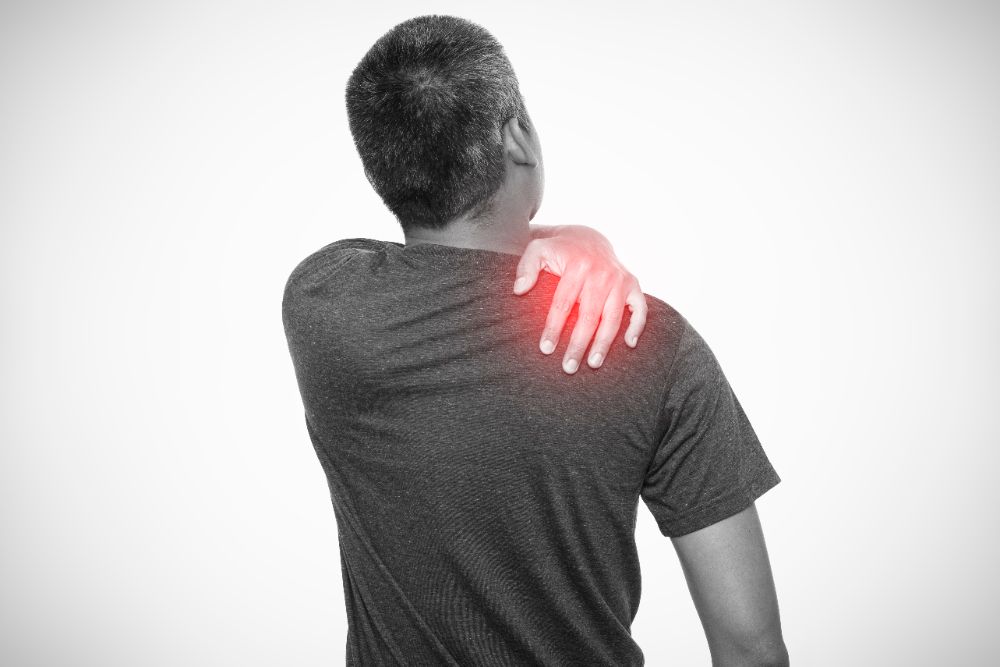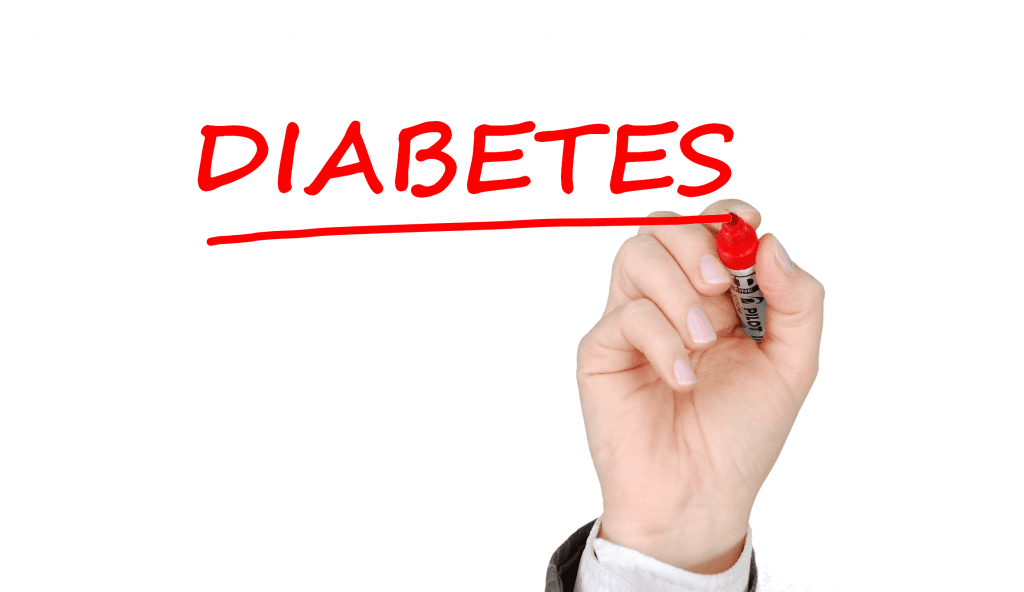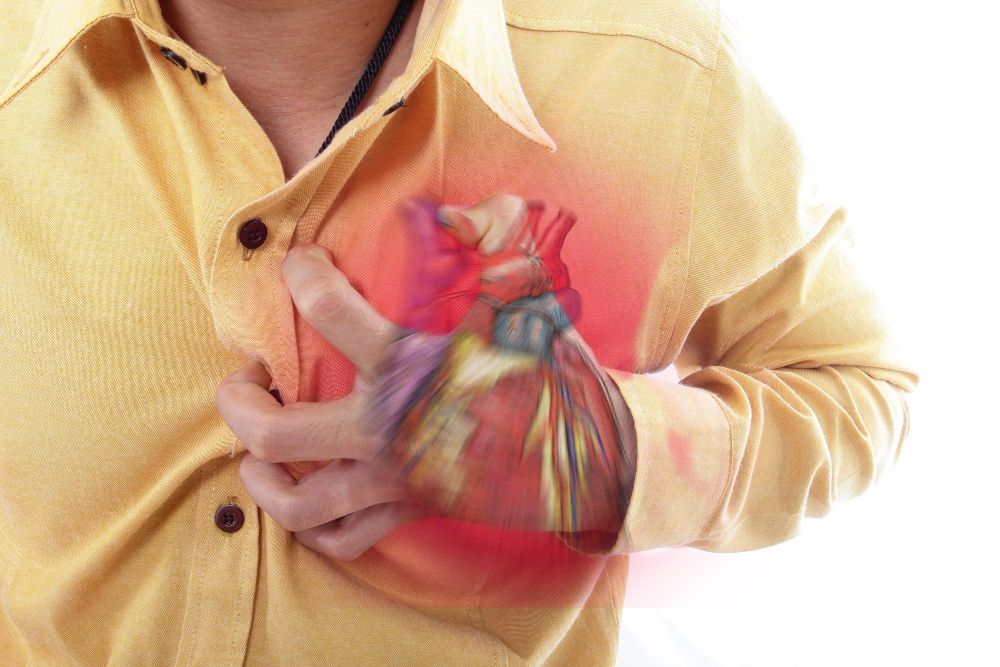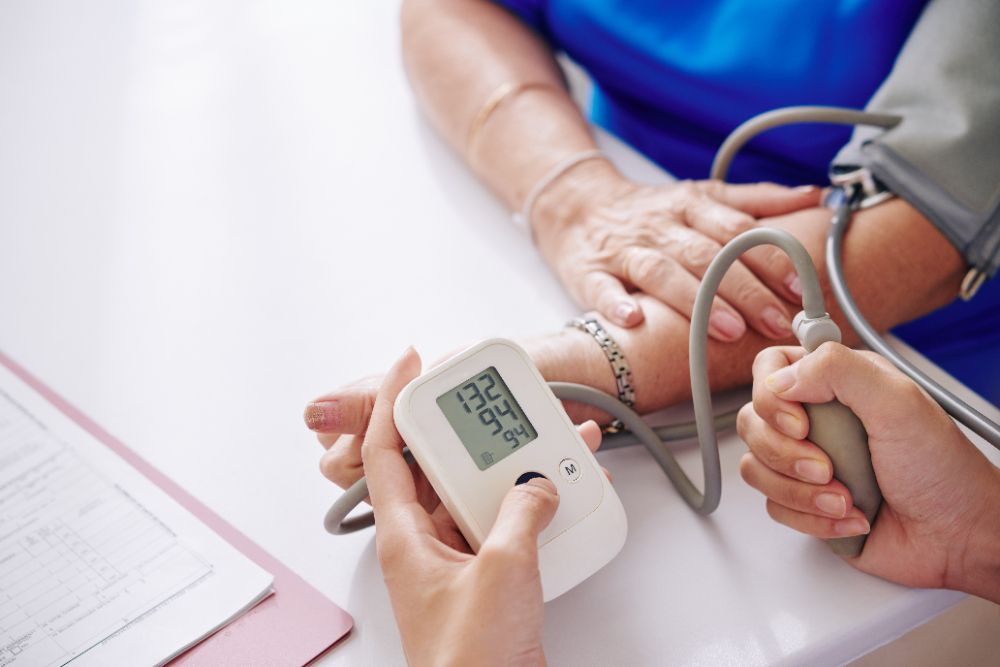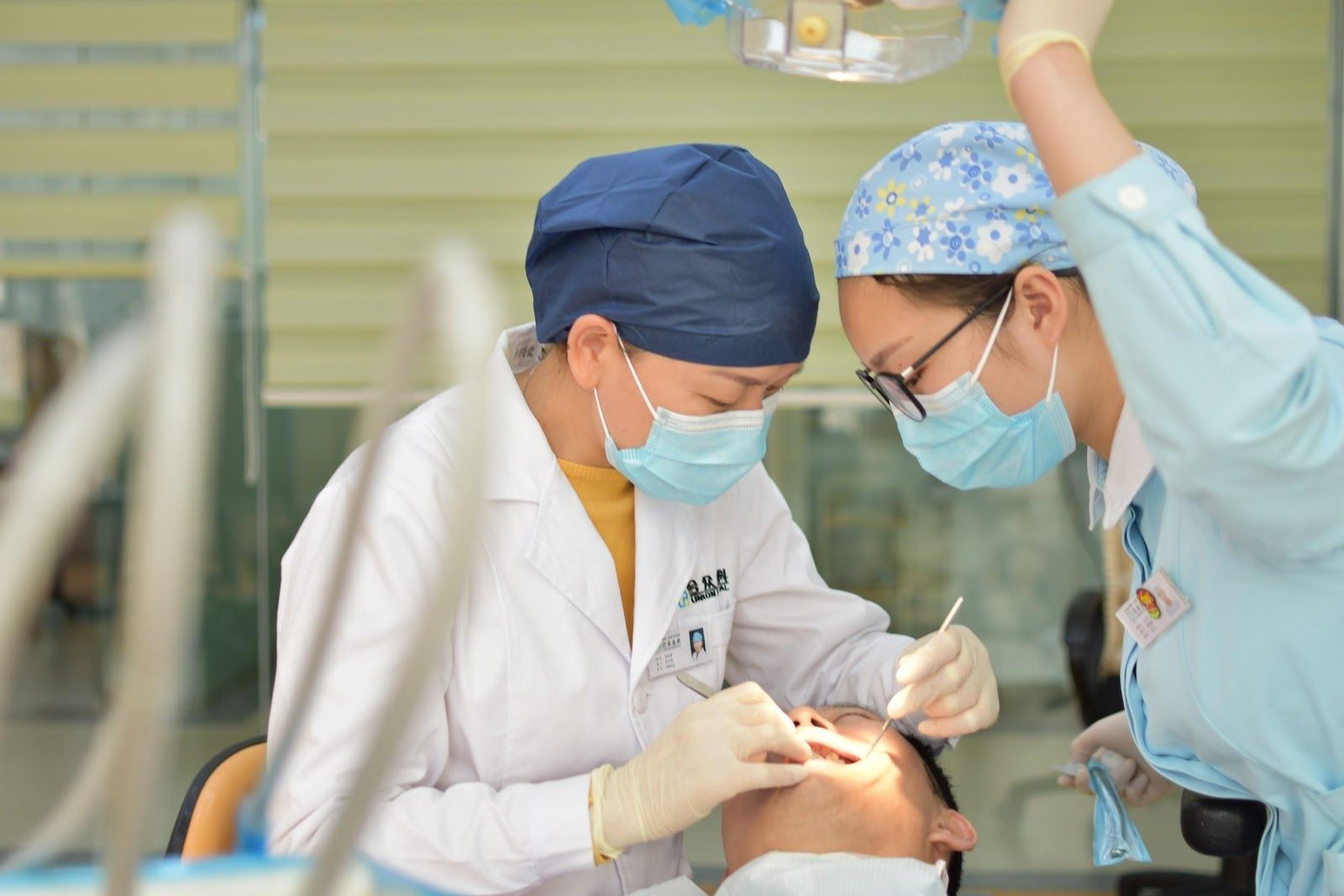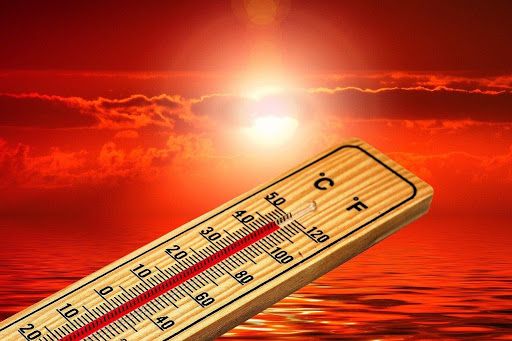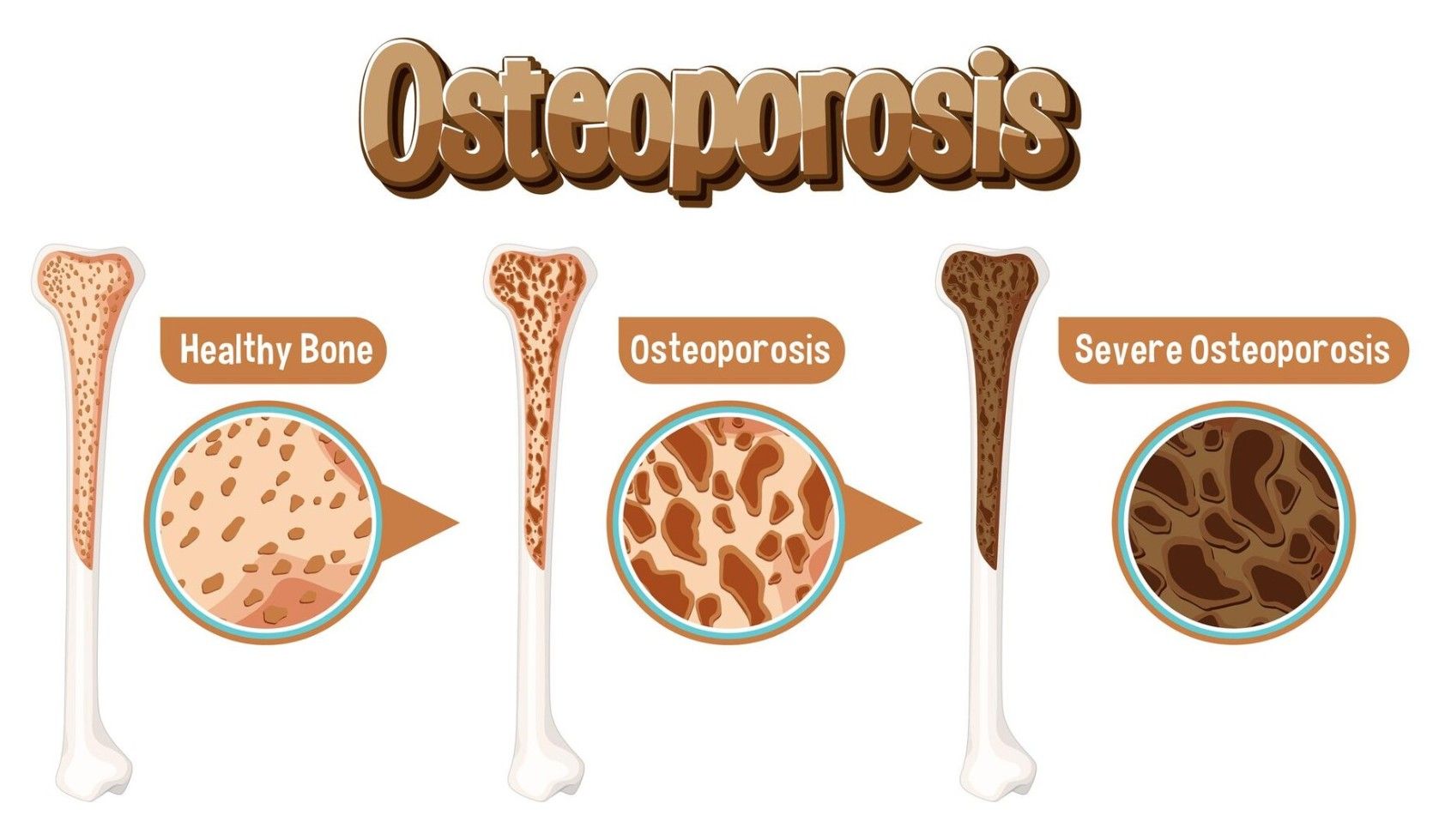Aortic Dissection
An aortic dissection is a tear in the aorta. This is the primary artery that transports oxygen-rich blood from your heart to the rest of your body. It travels through your chest, belly, and legs. An aortic dissection is an uncommon condition that occurs abruptly when a rip forms in the inner layer of a weaker part of your aorta. Blood rushes through the tear, causing the inner and middle layers (there are three on your aorta wall) to split. As misdirected blood moves between tissue layers, normal blood flow to other regions of your body may slow or halt, and your aorta may rupture altogether.
Types of aortic dissection
There are two main aortic dissection types:
- Stanford Type A Aortic Dissection: This type begins in the first (upper) section of your aorta, near your heart. It may be fatal right away. The first segment of the aorta where the rip began is often repaired or replaced during emergency open-chest surgery. The dissection typically extends the full length of the aorta. This is a more prevalent type than Type B.
- Stanford Type B Aortic Dissection: This type occurs further down your aorta (the descending aorta beyond the arch) and away from your heart. This, like Type A dissection, usually goes from the descending aorta to the abdominal aorta. However, it excludes the initial segment of the aorta. Depending on the site of the dissection and if it is blocking blood flow to your organs, you may or may not need emergency surgery.
Symptoms
Common aortic dissection symptoms you may experience include:
- Sudden, severe, sharp pain in your chest or upper back.
- Severe pain in your belly.
- Shortness of breath (dyspnea).
- Fainting or dizziness.
- Low blood pressure.
- Diastolic heart murmur or muffled heart sounds.
- Rapid, weak pulse.
- Heavy sweating.
- Confusion.
- Loss of vision.
- Stroke symptoms include weakness or paralysis on one side of your body or trouble talking.
Causes
A weakening segment of the aortic wall produces an aortic dissection. Aortic dissections are classified into two categories based on which part of the aorta is affected:
- Type A. This is the more common and dangerous kind, which involves a tear in the aorta near where it exits the heart. The rip may also occur in the ascending aorta, which might extend into the belly.
- Type B. This form involves a rip in the lower aorta (descending aorta), which may also extend into the belly.
Diagnose
A physician may arrange tests such as a chest X-ray, computed tomography (CT) scan, transthoracic echocardiography (TTE), transesophageal echocardiogram (TEE), and magnetic resonance imaging (MRI).
Treatment
The treatment for aortic dissection is determined by where the tear and dissection occur.
- Type A aortic dissection (which affects the initial section of the aorta near your heart) requires emergency surgery.
- If a Type B aortic dissection cuts off blood flow to crucial organs and body components, you will need emergency surgery. These organs include the kidneys, intestines, legs, and spinal cord. If your CT scan reveals any high-risk characteristics, you should seek emergency surgery. In less severe situations, aortic dissection treatments may include medicine to reduce the heart rate or lower blood pressure. If difficulties emerge, you may need to have surgery.
- Surgical options include graft replacement, endovascular stent-graft repair, and hybrid approaches.
Medications
A doctor may prescribe beta-blockers to reduce your heart rate and blood pressure. In some cases of Type B aortic dissection, the dissection may be treated initially with medicine alone. Depending on the severity of the tear and the depth of the dissection, a provider may delay surgery for months or years.
Prevention
Many of the risk factors for aortic dissection are beyond your control. These include being born with specific heart diseases, connective tissue disorders, or genetic risk factors associated with a family history of aortic dissection. However, you can mitigate some of your risks by:
- Managing your blood pressure.
- Avoiding tobacco products.
- Maintaining a weight that’s healthy for you.
- Wear your seat belt to protect your chest from injury in the event of an accident.
- See your provider on a regular basis whenever your health changes.
- If a first-degree relative (parent, child, or sibling) has had an aortic dissection, you should consult a doctor about your risk of developing the condition. A healthcare professional can monitor and treat you before an aortic incident happens.
Conclusion
Aortic dissection is a life-threatening condition that requires immediate medical intervention. Because of the high risk of fatal outcomes, type A ascending aortic dissections frequently require emergency surgery. Initially, medication is often used to treat type B descending aortic dissection; however, if complications arise, surgery may be necessary.
This includes monitoring, lifestyle changes, and blood pressure management. With immediate care and observation, many patients can recover rapidly and reduce their risk of complications.
Ten Effective Remedies That You Can Refer to When You Are Suffering from Muscle Cramps
Finally starting off with the gym life can get too overwhelming until you hit those muscle cramps along with the weights.
Skin Tags - Benign Tumor or Cancerous Tumor?
Skin tag if observed is a narrow stalk that hangs about your skin, bulging at the end. They are usually freshly colored and can grow anywhere on your body.
Laryngeal Reiinervation Procedure at KIMS Hospital
Mr. K.P 56-year-old business executive from Bangalore underwent a thyroid surgery two years back.
Rotator Cuff Tear
A rotator cuff tear is a rotator cuff injury that can cause shoulder pain and loss of arm function. The rotator cuff is a set of muscles and tendons in your shoulder.
4 Not So Common Health Problems in Teenagers
The current generation of teenagers have far more access to technology and gadgets than their parents did.
Become an Expert at Pain Management with These Seven Techniques
Pain is a very common condition, it can be acute and chronic. It is a pathologically complex condition. Pain can be caused by injuries, surgery or diseases such as cancer, arthritis, obesity.
Can You Increase Your Brain Capacity?
Did you know that you can ‘upgrade’ your brain? Your intellectual and creative potentials are not set in stone nor do they depend solely on your genetics.
Taking Care of a Terminal Patient? Here Are Six Ways to Help Them to the Fullest
A terminally ill patient is someone who has a relatively short life expectancy. Terminally ill people are usually shifted from an actively curative medicinal regime
Stages of Tooth Decay and Their Treatment Options
Tooth decay refers to the degradation process of the structure of the tooth resulting in permanent damage.
12 Home Remedies for Dry Cough
The flu, common cold, asthma, cigarette smoke exposure, and other conditions can all cause a dry cough. Home remedies such as honey, peppermint, and air purifiers may be beneficial.
Shoulder Dislocation
Shoulder dislocation occurs when the bones of your shoulder joint are pushed or forced out of their normal positions.
5 Facts to Keep in Mind for Your Monthly Menstruation Cycle
Our menstruation indicates multiple activities within your body. Every month, your uterus forms a thicker lining for the ovary to release an egg for a possible pregnancy.
Different Types of Diabetes
Junk food and increasing physical activity are leading to a worldwide epidemic of obesity, resulting in diseases like diabetes
Dilated Cardiomyopathy
Dilated cardiomyopathy is a form of heart muscle illness in which the heart chambers (ventricles) weaken and stretch, becoming bigger.
Hypertension (High Blood Pressure)
High blood pressure, also known as hypertension, is a condition in which the blood flow against the inner walls of the arteries is persistently high.
3 Cosmetic Dentistry Procedures You Did Not Know About
Over the past few years, cosmetic dentistry has undergone significant evolution in society. With the increasing demand for cosmetic dentistry, it is no longer a luxury; it has become a necessity.
5 Lifestyle Changes That Will Help with Your Urinary Incontinence
Urinary Incontinence is quite a painful and embarrassing condition to have. It refers to the loss of bladder control, which can vary from a slight release of urine after sneezing, coughing, or laughing, to a complete inability to control urination.
5 Tips This Summer to Avoid Heatstroke
Certain jobs demand fieldwork in the scorching heat. The warm weather, bright sun, and the blue skies are not always an excellent working environment for them at all.
6 Home Remedies for Yeast and Vaginal Infections
Yeast infection is common among women. You might have had the experience of irritating soreness and itching that prolonged for days due to not knowing about the cause.
Aortic Dissection
An aortic dissection is a tear in the aorta. This is the primary artery that transports oxygen-rich blood from your heart to the rest of your body.
Bariatric Surgery and Weight Loss
Bariatric surgery, also known as weight loss surgery, is performed on individuals suffering from obesity. It involves a variety of procedures that help maintain long-term weight loss and also aid in treating obesity.
Best Foods to Cleanse Your Liver
Your liver is one of the largest organs in your body and its primary function is to filter the system by converting toxins to waste products, cleansing your blood and process various nutrients.
Infertility and its Major Causes and Treatments
Infertility is an issue that’s on the rise – not just in India but all over the world. It’s estimated that, on average, one out of every six couples has had issues with infertility.
Precautions to be Taken to Avoid Eosinophilia
Let’s begin with talking about eosinophils – they are just a type of white blood cells that are laden with reactive chemicals which get released under specific conditions to cause mayhem in the body
What is BMD Assessment and its Significance in Treating Osteoporosis
Osteoporosis is that creepy monster lurking in the dark, waiting to manifest itself as you age and get less active.
Related Blogs
Ten Effective Remedies That You Can Refer to When You Are Suffering from Muscle Cramps
Finally starting off with the gym life can get too overwhelming until you hit those muscle cramps along with the weights.
Skin Tags - Benign Tumor or Cancerous Tumor?
Skin tag if observed is a narrow stalk that hangs about your skin, bulging at the end. They are usually freshly colored and can grow anywhere on your body.






